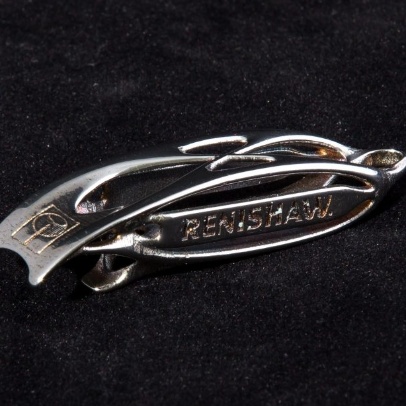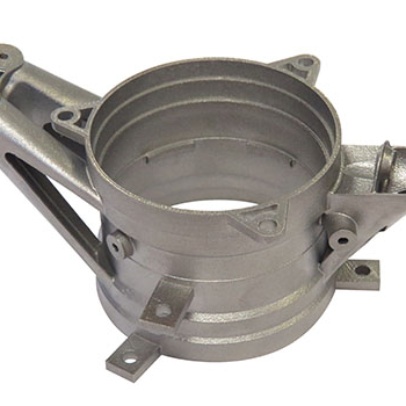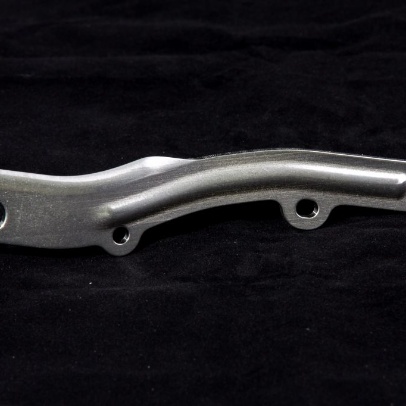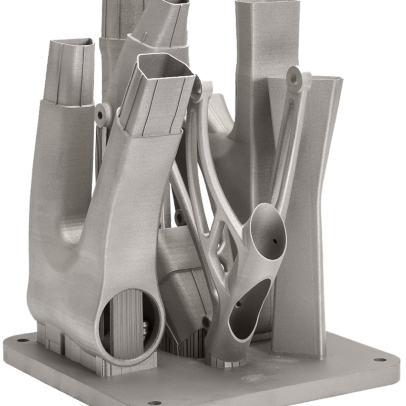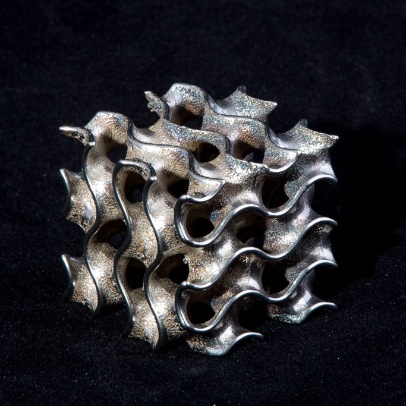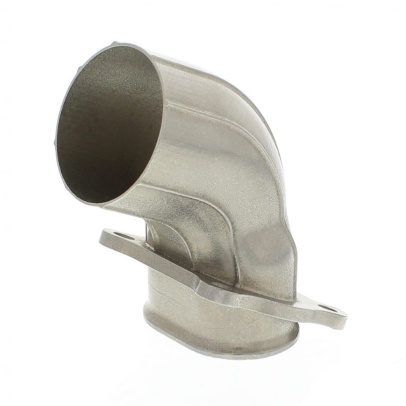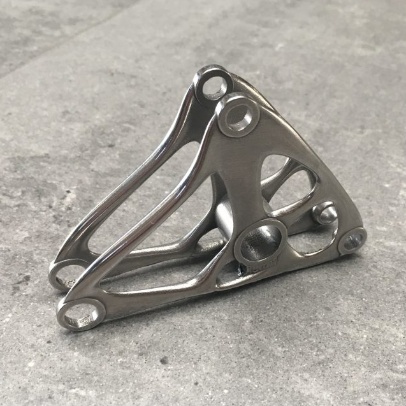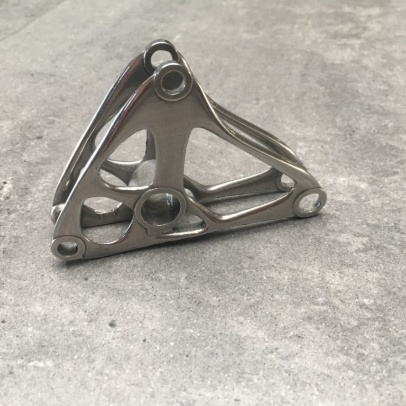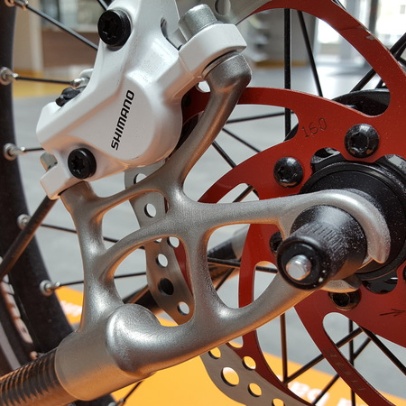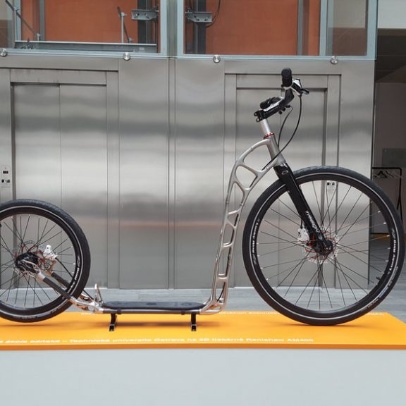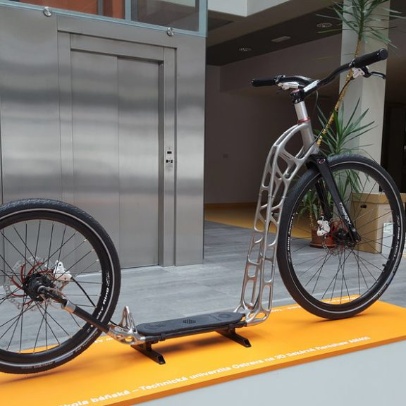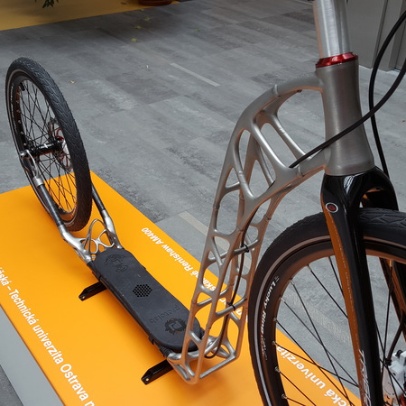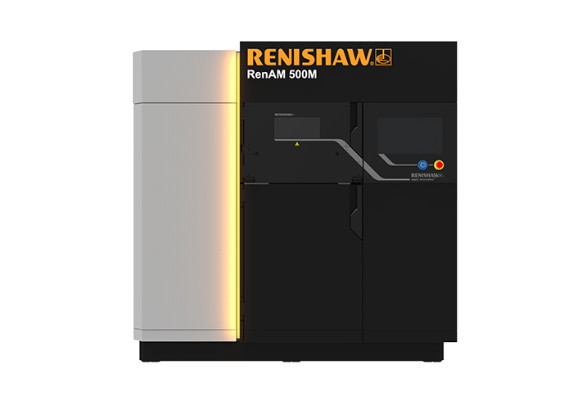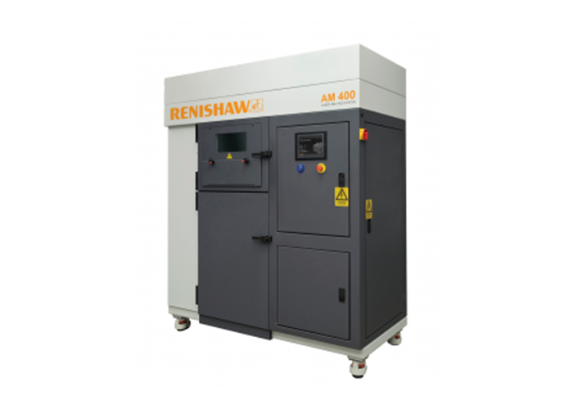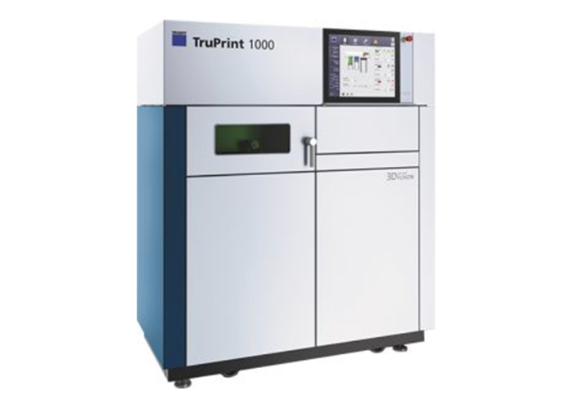3D printing of metals is suitable for the creation of functional prototypes where high mechanical loads are expected or very high temperature resistance is required. Parts produced by the SLM method from metal powders can be further modified by conventional methods such as machining, grinding, polishing, welding or heat treatment.
The metal 3D printing process using the SLM method has an advantage over other 3D methods (e.g. SLS) in the overall melting of the powder into a liquid state, which guarantees excellent print homogeneity and better mechanical properties compared to other methods. The SLM method achieves a reduction in porosity and better control over the crystal structure of the material used.
3D metal printing is today a generally accepted part of engineering production. If you are interested in learning more about the quality of our printing, or would like to see specific laboratory tests, please contact us.
